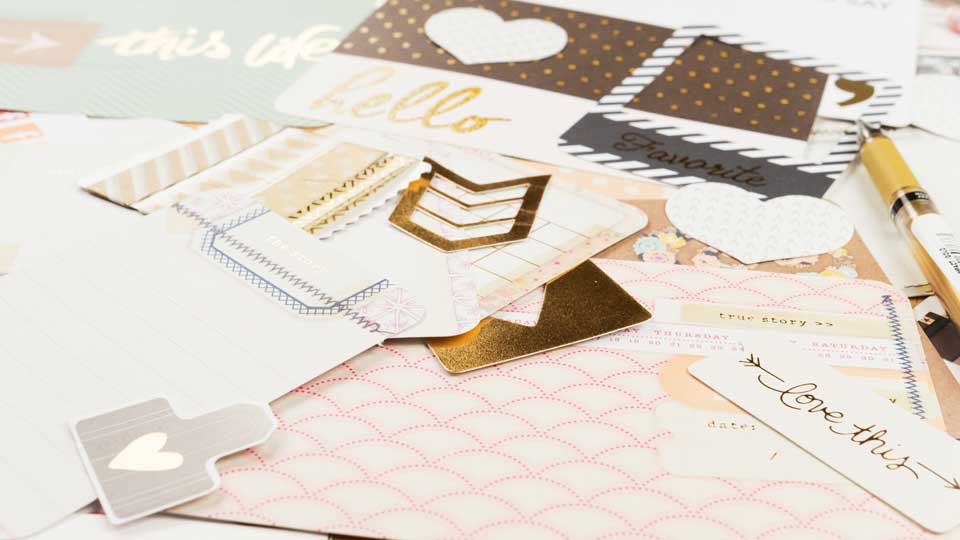Digital art has opened new horizons for artists to showcase their creativity and generate income. However, the challenge often lies in effectively pricing, packaging, and selling their art. This comprehensive guide offers practical advice for artists on how to maximise profits from their digital artworks.
The point is: If you sell your illustration sets for just 2 or 3 Dollars you decrease its perceived value. And beside that: Your customers do not need an unlimited amount of graphic sets. If they buy yours and it already has 100s of elements, patterns and more included why should they purchase something else in near future?
Understanding the Digital Art Market:
- Market Research: Explore current trends in digital art, understanding what sells and why.
- Knowing Your Audience: Identify who is buying digital art and what they are looking for. I know, I always point to that but it's crucial. If you don't know who you are selling to you won't sell at all.
Pricing Your Digital Art:
- Assessing Your Work: Consider factors like time spent, complexity, and uniqueness when pricing your art. Again, it helps nobody if you sell an illustration set you spend a few weeks on creating for a few Dollars. You cannot make a living from that and your customers cannot really value your hard work.
- Comparative Pricing: Look at similar works in the market for a baseline pricing strategy. Maybe count everything included in your package and price each item. Doing that makes it much easier to find an overall price for your set.
Also, if you price your products slightly (and I'm really not talking about 10s of Dollars) higher you have some space for discounts. There is not much you can discount if you price your product with $2! I know it sounds ridiculous but I have seen people doing exactly that when selling their digital scrapbooking kits. Please keep in mind: Selling your products for such a low price does not help. You can hardly make a living for $2 items - it's simply not worth to spend your time creating them. - A Number's Game: Yes, I heard it more often as I can count. It's a number's game so if you sell 1000 items for $2 it's nearly an income. Might be. But do you know how hard it is to sell 1000 products in one month? It's a lot of hard work just alone doing the promotion not talking about creating new products. And, don't forget: Your item sold for $2 also wants you to pay taxes and maybe transaction fees for Paypal. Or, even worse, money for the store you are selling at. Again: It helps nobody. Not yourself to make a living, not the shop owner who also tries to make a living not your customer who keeps wondering if she needs another digital set because she already got so much for so less!
Packaging Your Art:
Once we figured that it's not worth to sell your products for too low you need a great presentation strategy.
- High-Quality Presentation: Ensure your digital art is presented in high resolution and suitable formats.
- Creating Collections: Bundle related artworks to create more value.
- Adding Extras: Consider including wallpapers, behind-the-scenes content, or tutorials as part of the package.
- And one of the most important points: Show your potential customers what they can do with your product. I often just scroll through the marketplaces and look at the products to get new ideas. And then, yes, more often than not, I purchase the product 😉
Selling Platforms:
- Choosing the Right Platforms: Explore various online marketplaces like Etsy, CreativeMarket, or your own website.
- Creating an Attractive Online Gallery: Make your online presence appealing with a well-designed portfolio.
- Additionally, use Instagram as a kind-of-portfolio as well. The thing is: More people see your art on Instagram than on your own website. That's why you should always leverage social media as well.
Marketing Strategies:
- Building a Brand: Develop a unique brand identity for your digital art.
- Leveraging Social Media: Utilize platforms like Instagram, Pinterest, and Twitter to showcase your work and connect with buyers.
- Email Marketing: Build a mailing list to keep your audience informed about new artworks and special offers.
Customer Engagement and Feedback:
- Engaging with Your Audience: Foster a community around your art through regular interaction and updates.
- Feedback and Adaptation: Use customer feedback to refine your offerings and marketing strategies.
Maximising profit from digital art requires not just talent but strategic planning in pricing, packaging, and selling. By understanding your market, presenting your art attractively, choosing the right platforms, and engaging effectively with your audience, you can significantly boost your digital art sales.
Wanna learn more about selling, packaging and marketing?

Safari Lounge Designer Classes
Learn everything you need to know to build a sustainable Business for Printable Products. Let's create and plan your business together, and then: market your products. It's all there,
personal coaching included! In case you just wanna have fun - that's inside as well!
